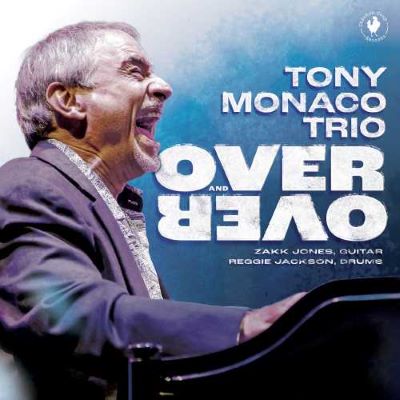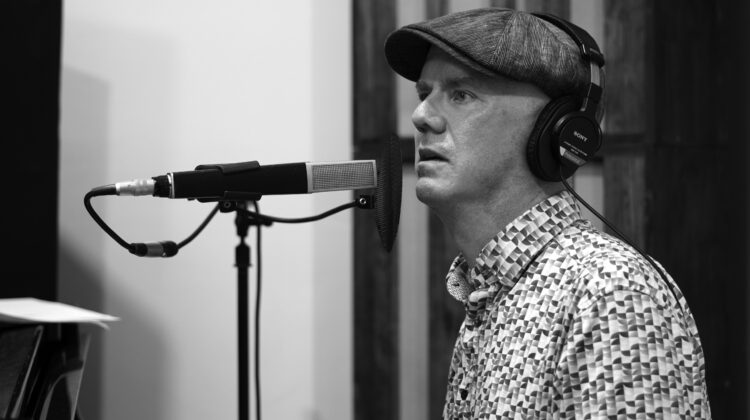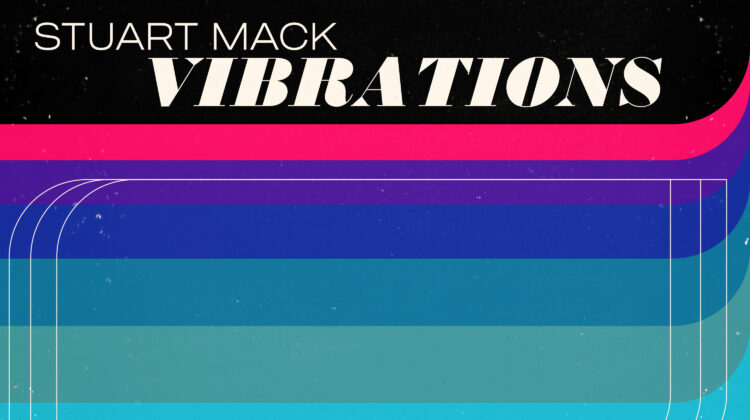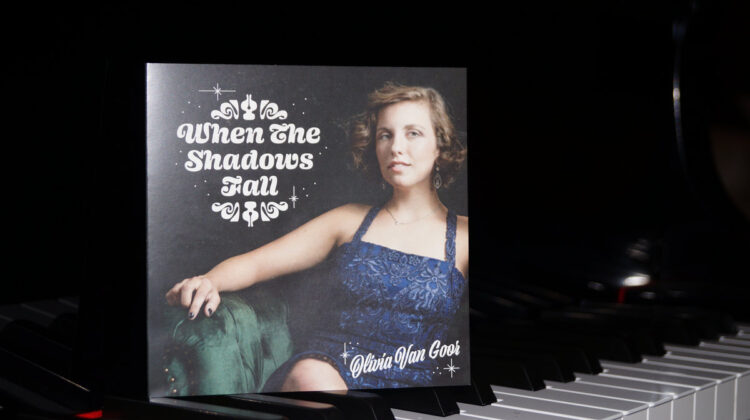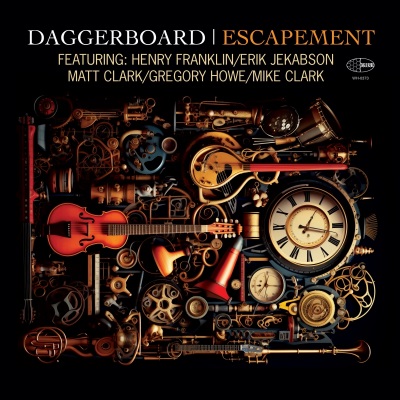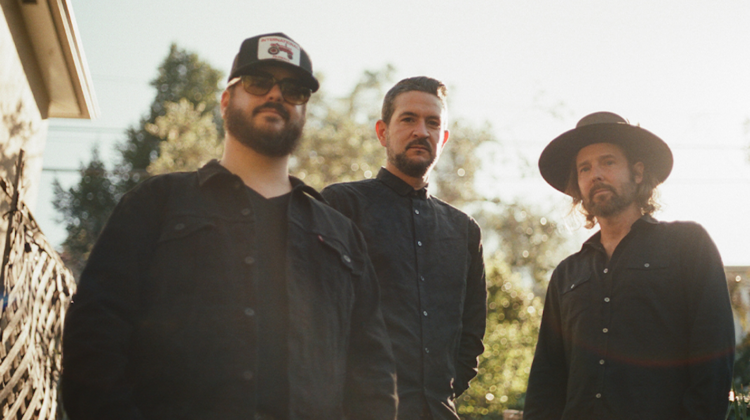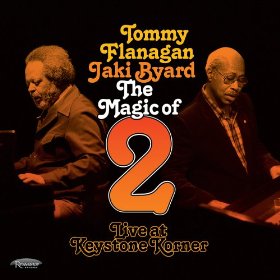There are numerous labors of love involving jazz recordings because of participants’ passionate devotion to the music. The Magic of 2 is one of those.
Isn’t it interesting how just a few moments of magic remain unforgettable even decades later? Todd Barkan, who heard many of those bright moments at his Keystone Korner in San Francisco, remembers in detail the joy that happened, the sparks that flew, the grace that occurred, when Tommy Flanagan and Jaki Byard, two influential but underpromoted jazz pianists, performed together there. Both of them were familiar separately to Keystone Korner audiences anyway, and Barkan sagaciously booked them there during the same week in February, 1982. The musical results exceeded Barkan’s most fervent expectations—and this is a person who is forever fervent about jazz.
Compare and contrast.
That’s the listener’s immediate or eventual impulse when these two jazz piano icons perform together. For, while they play with individualistic integrity that flows from their personalities, Flanagan and Byard nonetheless draw upon the breadth of the jazz tradition—stride, swing, ragtime, bebop, big band and vocal accompaniment. The fact that they make their own salient contributions to the genre is a testament to the richness and continuing expressiveness of jazz.
Even though Herbie Lewis and Billy Higgins were booked to complete each piano trio, when Byard and Flanagan played as a duo, no rhythm was needed. Through their effortless give and take, they immediately traded places, slipping easily into accompaniment as the other soloed. Not only was sense of humor plentiful throughout the 59 minutes, but so was mutual respect.
“Satin Doll” proceeded jauntily enough with rolling bass lines, grace notes and high treble-clef splashes. But when it was time for improvised variations, Flanagan evolved into off-the-beat Erroll Garner-like references, and then Byard developed Byard-like off-the-beat playful chorded jabs.
When Byard introduced Stevie Wonder’s “Send One Your Love,” he acknowledged Flanagan’s participation in one of jazz’s best-known recordings when Byard led in and finished with the changes of “Giant Steps,” which involved, unexpectedly enough, a stride interpretation amid arpeggios and melodic fragments.
The CD contains solo performances by each of the pianists, one of which is Byard’s fulminating, scampering, strutting and fluttering “Send One Your Love,” its stylistic references as changeable as Byard’s feelings at the moment. Byard also played, with confident suspense, delicious humor and then abandon, Chuck Mangione’s “Land of Make Believe,” certainly a crowd-pleasing tour de force with rumbling tremolos, prestissimo embellishments of melody and remarkable individualistic technique that reinforces musically Barkan’s excitement in presenting Byard at the Keystone Korner.
Flanagan performed solo too, and all three of his choices were Billy Strayhorn compositions: “Something to Live For,” “Chelsea Bridge” and “All Day Long.” Expressive with nuggets of harmonic beauty contained within, as was Flanagan’s style, these three tracks of elegance formed striking differences to Byard’s freedom and bending of rules as he developed dramatic, unpredictable interpretations. Flanagan’s version of “Chelsea Bridge” treated the composition with delicacy, unhurried contemplation and pauses for gorgeous harmonic elaboration between measures. Yet, for a varying display of versatility and extroversion, Flanagan performed “All Day Long,” in just over two succinct minutes, with irresistible joy and forward movement through block chords and single-note melody propelled by bass-clef half notes.
Still, the revelation of this rare pairing of jazz piano giants is how much they have in common, despite their stylistic differences. With gracious complimentary embellishment of each other’s ideas and complementary interchanges of ideas, Flanagan and Byard instantaneously understood the need for entertainment value, for appropriate levels of supportive volume and for switching between percussive accompaniment and matching improvisation. On “Our Delight,” for example, both of them developed multiple choruses of ever-intensifying improvisations while the other covered the accompaniment, usually in a lower-register chorded foundation. Or on “The Theme,” Byard was intuitively aware of the need not to drag the tune’s medium-tempo spryness and so remained spare and light while Flanagan performed with wit and irrepressibility. “Just One of Those Things” allowed for solo rubato expansiveness as Flanagan introduced the tune with flair, trills, pouncing accents and quirkiness before four-handed chorded fullness occurred.
Not only Barkan, but also various others recognize the significance of the release of The Magic of 2, a revealed treasure that remained unknown by the jazz public for over 30 years. Such an invaluable recording fits into Resonance Records’ mission of continuing to make available exceptional jazz recordings, past and present, for enjoyment and growing appreciation. Accepting Barkan’s cassette tapes, Resonance president George Klabin and engineer Fran Gala restored the sound as close as possible to a live experience. With due respect for the importance of the recording, Resonance Records bound into the package a 24-page booklet that includes an enthusiastic reminiscence from Barkan; a description of the recording and marketing process by Resonance VP Zev Feldman; photographs of the 1982 event by Tom Copi; appreciation of the Keystone Korner piano duo by a contemporary jazz piano duo, Bill Charlap and Renee Rosnes; and comments by Diane Byard, Jaki Byard’s daughter. All of this lavish attention, and more, make The Magic of 2 one of the most important jazz recordings of the year.
Recorded in 1982. Released in 2013
Label: Resonance Records
Label’s Site: resonancerecords.org

